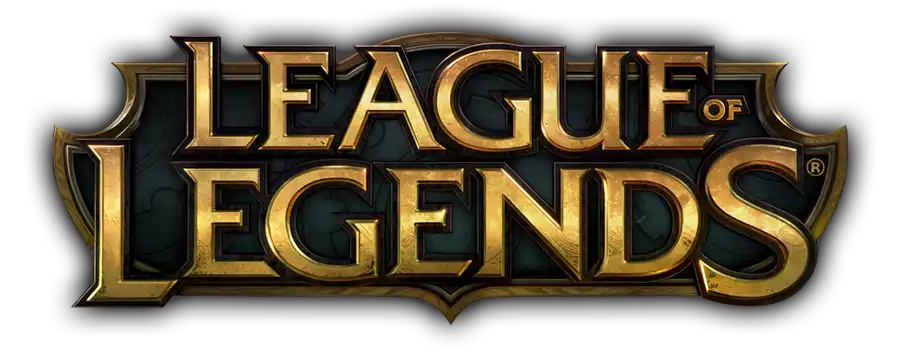Online video games, particularly those in the competitive League of Legends (LoL) realm, often trigger debates about game balance. Central to this dispute is the perception of character win rates, particularly the understanding that a 50% win rate indicates good balance.
The 50% win rate paradigm stems from the assumption that all characters should be equally viable choices for all players. When every player's win and loss rate is approximately equal, the game is seen as fair. Essentially, the principle encourages the idea that player skill, not character selection, should be the determining factor in winning.
However, this perspective overlooks the complexity of the game mechanics. LoL is an intricate game that offers different characters with varying abilities and strategies. Additionally, each character must synergize with the other characters on their team to win.

Given these complex dynamics, it's unlikely for every character to have an equal chance of winning across all player skill levels. Some characters require more skill to play effectively, while others might perform better with specific team compositions. These variables contribute to fluctuating win rates.
LoL developers are aware of this complexity. They constantly work to achieve balance, adjusting characters and mechanics based on player feedback and data analysis. Their goal is not to reach a static 50% win rate for every character, but to create a game where every character can win when played effectively.
The phenomenon of 'counter picking' further complicates this dynamic. In LoL, certain characters have advantages over others, promoting strategic selection. Given this, a universally equal win rate is an unrealistic expectation.
A counter pick strategy involves intentionally choosing a character that has an advantage against an opponent’s character. This imbalance is an intended part of the game design, promoting strategic diversity and depth.
Notably, counter picking can create disconcerting win rates on surface-level analysis. A character might have a low win rate because they’re often picked into unfavorable matchups, not because they’re inherently unbalanced.
Mastery curves also affect character win rates. These curves chart a character’s win rate across various skill levels. Novice players might struggle with a character, resulting in a lower win rate. However, experienced players could excel with the same character, raising their win rate.
Therefore, using character win rates as the sole metric for balance is oversimplification. Looking at win rates in isolation doesn't take into account player skill or strategic depth - crucial factors that influence game results.
A robust understanding of game balance in LoL requires an examination of more nuanced factors. Along with win rates, developers also consider player feedback, professional play statistics, and individual character mechanics when balancing the game.
In professional play, character preference leans more towards strategic value rather than win rate. Pro players make team decisions based on a character's potential value in achieving the team’s strategic goals. Thus, character versatility can be more important than win rate at this level.
Furthermore, LoL developers pay close attention to character ability mechanics. They adjust the power, range, and other various aspects of characters' abilities, aiming for balance amidst the game’s numerous intricacies.
This holistic approach to balancing takes into account the game's depth and complexity. Developers strive to maintain balance by ensuring that no one character dominates the game, while still allowing for skillful play and strategizing to be rewarded.
In conclusion, game balance in LoL is more nuanced than a 50% win rate for each character. Achieving balance is a continuous process that requires considering multiple factors, and implementing informed changes to keep the game equitable, strategic, and enjoyable.
So, should we dismiss character win rates entirely? The answer isn’t a simple yes or no. Character win rates still provide essential insight into the balance of the game, but they shouldn’t be the only consideration.
Win rates provide a baseline understanding of a character’s performance. They indicate areas that might need balancing adjustments. However, they should be evaluated alongside player feedback, ability mechanics, and statistics from professional games to form a comprehensive picture of game balance.
In essence, balance in LoL is a complex goal that goes beyond win rates. It's a delicate equilibrium of strategies, player skills, mechanics, and more. This ensures that the game continues to excite players with its endless depth and adaptability, rather than simply offering a leveling playing field.
Ultimately, a well-balanced game is one where player skill and strategic choices significantly influence the outcomes. League of Legends, through its multi-faceted balancing efforts, continues to encapsulate this ideal.